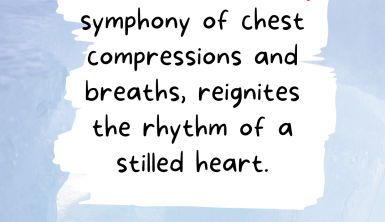What are Bones?
Bones are essential for a numerous amount of reasons but most importantly, they are what gives our body the ability to be mobile. There is a disease that is known to affect the strength of human bones to the point where they are quite susceptible to fractures and breaks from even the smallest of injuries. This disease, osteoporosis, is something that every man and woman should consider as they get older. In order to sufficiently understand the disease, it is important that you first understand bones and what they are comprised of.
The Composition of Bones
Bones are created out of a variety of different materials. All of these materials work together to ensure that the bones are strong and healthy to protect the other parts of the body from incurring damage. With the combination of collagen and calcium phosphate, the bones will remain healthy for the entirety of your lifetime. Cartilage is a growing tissue that is known to provide protein to the bones. Calcium phosphate is an important mineral that helps to harden and add strength to the framework of the bones.
Bones and Bone Remodeling
There are 2 different types of bone that can be found in the human body: trabecular and cortical. The cortical bones are compact, dense, and are responsible for forming the outside layer of each bone. On the other hand, trabecular bone is what creates the inner layers and it is a spongy and honeycomb appearing structure.
Throughout a human’s lifetime bone is constantly being renewed thanks to remodeling. The process of remodeling requires both formation and resorption. During the resorption stage, osteoclasts are used to break down old bone tissue and remove it from the body. This helps to create space for the new bone tissue that is created during the formation process.
Growth and Loss of Bones
Throughout your lifetime you will essentially be receiving and losing bones. When you are younger your body will receive new bones faster than old bones can be removed. This results in the human body having larger, heavier, and denser bones. For the majority of people, this process continues until approximately 30 years of age.
When a man or woman reaches the age of 20, the amount of bones that are lost are far more significant than the bones that are being added. For the majority of people, this loss of bone can be impeded by focusing on a healthier lifestyle and ensuring that the body ingests enough vitamin D and calcium. The loss of bone becomes incredibly detrimental as it can result in the development of osteoporosis.
For all services, please visit our Home Page.







